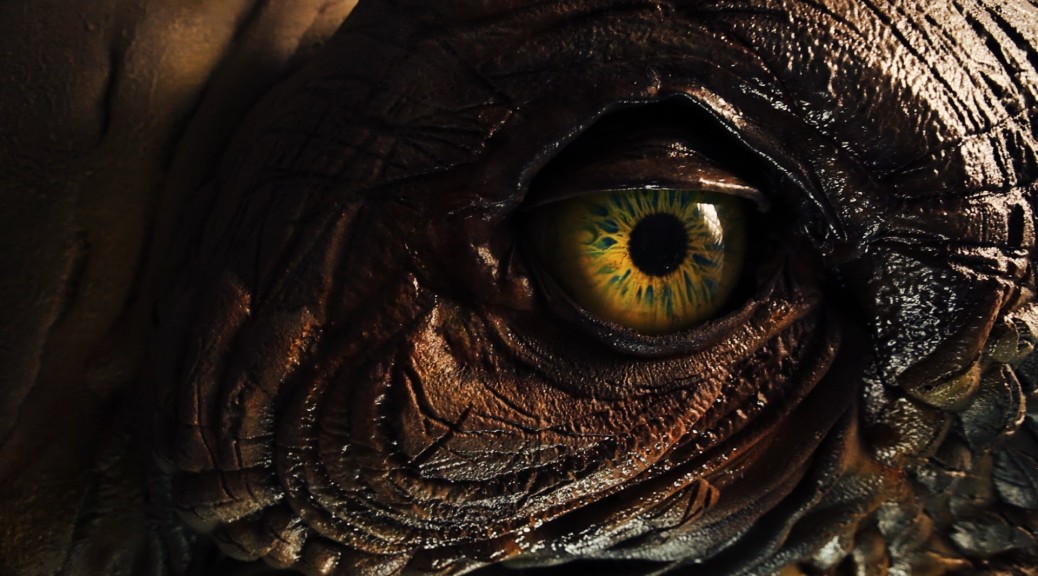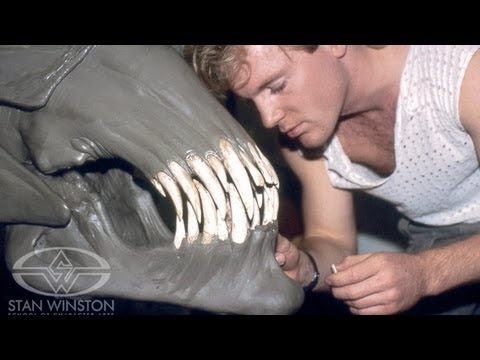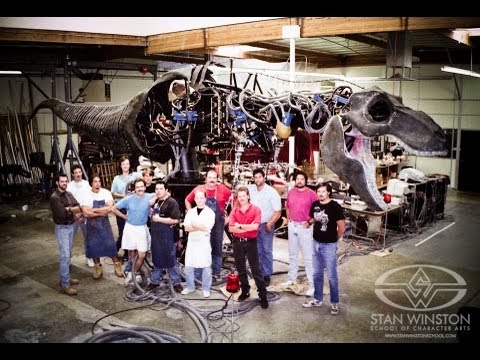The Stan Winston School continues to post previews of their lessons offered at their online school. This series for building a life-size T-Rex head out of foam looks incredibly promising.
Tag Archives: Stan Winston
Friday Link Letters
Busy week here at the Opera! Luckily there is always time to find interesting things to read and watch on the Internet:
This looks like a great method for making papier mâché clay. You mix up a bunch of pulp from egg cartons and magazines, then form it into balls which you can store until needed.
Hat tip to Seán McArdle for pointing me to this wonderfully illustrated guide to Louis-style chairs.
Check out this one-day build where Adam Savage builds Han Solo’s blaster. It’s well over 16 minutes long, so fire up some popcorn and settle in.
Finally, here is a very vintage video from the Stan Winston archives showing an Alien Queen head sculpture in progress:
Midsummer Links Dreams
It’s opening weekend here at the Santa Fe Opera! Two of our five operas open, the first tonight, the second tomorrow. It has been quite the hectic schedule, and we still have three more operas to open before July is out. Nonetheless, there is always time to read fun articles about props; here are a few that came out this week:
In “The Art of Animatronics: How Old School Movie Magic Compliments CGI“, Jim Nash looks at how practical effects are still being used despite the pervasiveness of computer-generated imagery. He points out how the technology that controls animatronics has gotten more sophisticated over the years, and how practical effects can sometimes be preferred for budgetary reasons. And the article has pictures of dinosaurs.
As if to reiterate the points in the previous article, the Stan Winston School blog has an article about the making of the Spinosaur for Jurassic Park III. Even with the advances in CGI since the first Jurassic Park movie, the third one still built a 12-ton, 1000-horsepower “puppet” version of the Spinosaur for many of the scenes. The iconic fight scene between the Spinosaur and the Tyrannosaurus Rex was mostly achieved by having several tons of robots crashing into each other. CGI simply enhanced it.
For a step back in time, Tested has a great article on the robot shark technology in Jaws. The mechanical shark in that film arguably ushered in the age of animatronic creature movies through the 80s and 90s. It’s a great look at how the shark was made, with some nice photographs as well (it looks like the shape of the shark was achieved with plywood!).
Whew, that’s a lot of articles about animatronics for a props blog! How about something a little more prop-related: the Dremel. Make Magazine has ten tips for Dremels and rotary tools.
Stan Winston School Videos
The Stan Winston School offers classes out in California for a number of crafts. Stan Winston Studios is, of course, famous for many of its movie creatures and animatronics, such as the Terminators, the dinosaurs in Jurassic Park, the aliens from Alien, and many more. The classes they offer fit their specialties, such as sculpting, creature design, large-scale puppetry, painting and so on.
For those who can’t afford to head out to California and attend monster-making school, they have hours and hours of videos on their website. They offer a number of options for viewing the videos; everything from subscribing for a year of unlimited video watching ($300) to buying a DVD of a single lesson ($40). Previews of all the lessons are available for free viewing so you can check them all out. Below is a pretty fun one of foam fabrication, where Ted Haines constructs a Tyrannosaurus out of upholstery foam.
It seems like a great option to augment your skills since these kinds of classes usually aren’t offered at the local Learning Annex.
Jurassic Park is Frightening in the Dark
It’s hard to believe Jurassic Park came out 20 years ago this June. I remember lining up with my dad and brother to see the very first showing in our area when it debuted. I think it was around noon (I don’t think we had midnight premieres in those days). Now, you can catch the film again, this time in 3D.
While many of us remember Jurassic Park as a watershed moment in digital special effects, it’s worth pointing out that the animatronics used in the film were groundbreaking as well. Stan Winston Studios built essentially a full-size Tyrannosaurus Rex puppet controlled with hydraulics, which was virtually unheard of at the time (and has rarely been attempted since).
The building-of videos for the T Rex below are pretty incredible to watch. In addition to the technical challenges they overcame, a couple of other things are worth pointing out. First, most of the drawings for the build were hand drafted, because CAD was still in its infancy. Crazy, right? And although they had the means to build the skeleton out of either aluminum or carbon fiber, they opted for steel because that allowed them to instantly repair it on set if it were to break. I was also amazed at how they had to rebuild their shop to accommodate this monster (both in tearing out the concrete floor, and in literally raising the roof).
So check out the three videos below. Each is only four to four and a half minutes long. You may just gain a new appreciation of the film.



